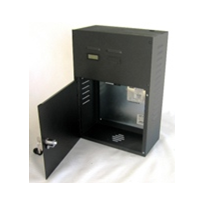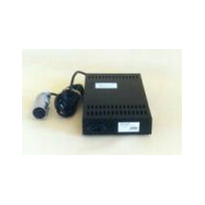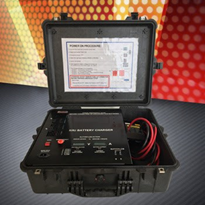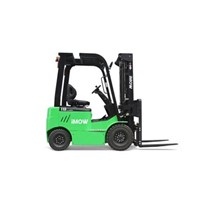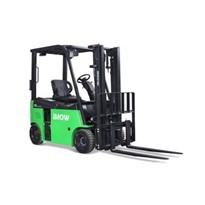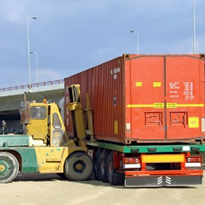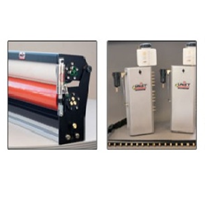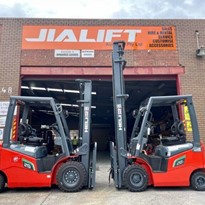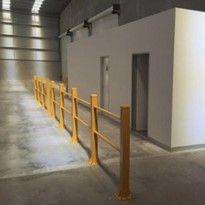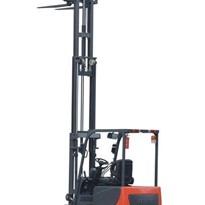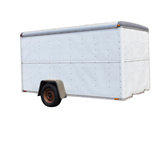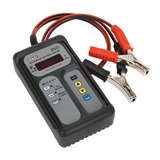IndustrySearch: What is the difference between a complete forklift battery management solution and the alternatives?
John Flint: Firstly, let's look at the overall situation for what it is. You are responsible for the moving of goods. You have time constraints to move those goods. You have space constraints that you have to work in. You have a capital expenditure budget. You have financial constraints – with labour costs usually the greatest – to do this job within a defined budget. It has to be profitable after all.
So your equipment selection to move these goods is critical, and you must ensure that it is:
- The right equipment for the job and the site it must operate in
- Cost/benefit viable – both from a capital and running cost perspective
- Reliable, as down time is very costly
After you have selected the types of equipment required – forklifts, reach trucks, pallet movers etc – then you need to maximise the use of these to achieve the most goods moved at the lowest possible cost.
With battery electric equipment, the battery is the "beating heart" keeping this equipment alive and running. If you look after the health of the battery then you get longer life from it, and get it to do more work for the time it is working. Keeping your equipment running and running well saves an operation thousands of dollars over time.
The right selection of this battery management back-up equipment is extremely important. It is also very important to be clear as to the workload in the period required. That is, you have to determine the right battery management equipment for your specific operational application. Do you want it to only operate two-to-four hours a day? Are you running a second shift or a 24/7 operation?
A complete forklift battery management solution is where the battery selection and battery management back-up equipment is specifically selected to look after the batteries of the various types of lifting equipment, and for the operational needs for each individual site.
What can go wrong with a poor forklift battery management system?
We see so many things go wrong…too many. We see the silly basic things like the wrong battery for the equipment, but more commonly the wrong charger for the battery or usage application. This is a glaring problem where people are buying old style, cheap and inappropriately sized, or simply wrong charger type for their specific application.
Chargers have moved on hugely from the old heavy SCR and Iron core chargers and one-size-fits-all style chargers to the newer custom switch mode chargers that are matched for your individual needs and applications. These are lighter and smaller, and can be set up for your specific situation and needs. In many cases you can save a lot of money on the initial purchase price, and will save a great deal on utility costs as they are so much more efficient than the old technology used in the old SCR and Iron core chargers.
Stanbury Electrical Engineering were the market leaders into the newer style "PEI" switch mode chargers, and introduced these into Australia many years ago; however, people are still not educated about them. They are reasonably priced, very reliable and can be serviced anywhere in Australia on site. This is a huge benefit to the customer. They offer a 6 year warranty, which no other charger supplier can match.
Using the wrong charger can and often does cause damage to the life of the battery. So people have to purchase new batteries much sooner than they should. Batteries are expensive items. If you have a fleet of batteries this error adds up to a huge expense very quickly.
More often however, it is battery abuse that is the problem. If you do not have a battery rotation system, you see the batteries at the front of the battery room always being used and the ones at the back sit idle, which is not good for them.
You see a lot of battery abuse like batteries being taken off charge before the charging is completed, batteries not being watered, or over watered, over discharged batteries – all of this will destroy battery life.
The great thing about an automated watering system is that, because of the way it is designed, it can alert you to an over discharged battery. Over-discharged battery abuse is often undetected until it is too late and you have destroyed the battery.
Educating people has its limitations, and if you have non-compliant people or high staff turnover with less than adequate training – or you just want to ensure you have your bases covered – then appropriate battery management systems go a long way to avoiding most of these issues and problems.
How do customised solutions benefit the user's bottom line?
It is clear that to have the right equipment for the job, nothing more, nothing less, is the best way to go. More batteries and/or chargers than the job requires is wasted capital expenditure.
Batteries left to sit idle for long periods of time will sulphate and could render them unusable, so you will have totally wasted your money. Too little then you create a stressful situation, have unhappy and resentful people who are looking for ways to cut corners just to try to get the job done. Equipment begins to fail, costly down time, costly repairs/replacements and it is a downward spiral.
If the battery is the "heart," then the battery watering and battery queuing systems are the right and left lungs. Your heart and lungs keep you alive, so these keep your equipment alive and moving.
A Q-Master battery management (automated battery queuing system) will evenly rotate your batteries, maximise cool down periods for your batteries to increase battery life, and save you from unexpected battery failures.
Our Auto-Watering system (automated battery watering system), will automatically accurately top up your batteries with water after every full charge. This protects your battery cells from over or under watering, and improves battery life. It saves ongoing labour costs of manual watering; human error of inaccurate water levels and reduces OH&S risks of acid spills/accidents.
If you are currently using second shift batteries, or running 24 hour operation, and are not familiar with this, you will be very surprised how much money could be saved by changing over to rapid/opportunity charging solutions.
There is also a big discrepancy on the cost of different providers of this solution, so it will pay to source more than one quote, and discuss this with a reputable and knowledgeable person who specialises in this area. In short, a 20-minute site meeting with a specialist could lead to helping you uncover the best solution for your operation and literally save you thousands.
There is growing interest in automated and "real time" micro management, and reporting software linked to your equipment. This is a very positive move forward. You can now download information to your computer and/or set up iPhone alerts when equipment is damaged, or batteries are not fully charged and so much more. I guess this could be considered the "Brain," if you go along with the analogies.
All this investment in capital equipment costs a good amount, and it makes a good deal of sense to utilise this new technology.
It is affordable, user friendly and a valuable source of 'instant' quantifiable information that was not available before. There are so many savings to be made by: having a transparent, accurate and easy way to manage your equipment usage; looking at "real time" equipment status; maintenance planning; reports for KPIs; reducing equipment abuse; planning future needs; and so much more.
For example, a CellTrac wireless battery management system, measures parameters such as voltage, current, ampere hours, temperature, electrolyte level, depth of discharge and alarms. It transfers data wirelessly to a local computer – or over the internet using a cellular or WiFi network. Ideal for medium to large fleets, the system provides reports on battery usage, alarms and events.
If nothing else a warehouse should have a "PowerKit". It is designed to diagnose and isolate battery problems from the equipment. It is very affordable, and easy to install and operate.
What is your number one piece of advice to anyone in the market for new electric forklift batteries?
Our number one piece of advice is to do your homework.
Work out what you want to achieve and what the absolute "must haves" for your operation are. Talk to the experts in the field to uncover the various options available. Choose to work with an organisation here in Australia that will advise, install, warrant and service the equipment.
And remember that fitting out a battery room is more involved than making a decision simply based on buying price alone. Money, time and unnecessary angst will be wasted on a poorly considered choice, and worse, will often cost you more in the longer term.


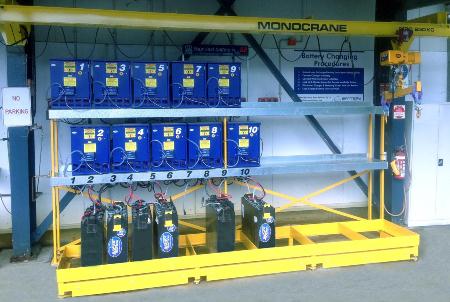

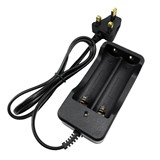
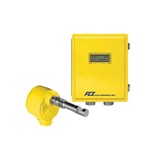
-160x160-state_article-rel-cat.png)



